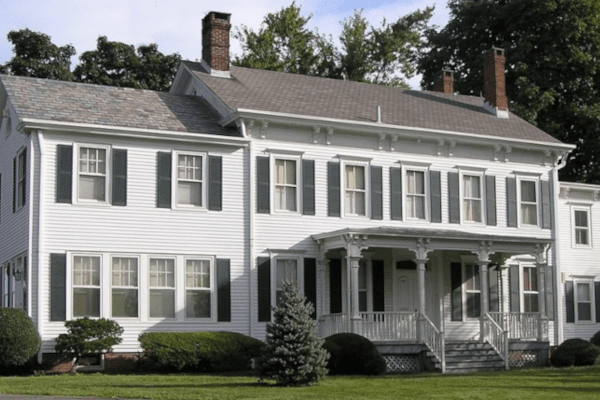Woman’s Dress
Original form circa 1850/re-worked circa 1860 Silk, Cotton/Linen, Horsehair and Whalebone Middlesex County, NJ 1994.050
Unveiling the fascinating origins of this exquisite dress, we delve into the craftsmanship that reflects the fashion sensibilities of the mid-19th century. Dating back to around 1850, this dress stands as a remarkable testament to the artistry and skill of its creator, adorned with elements that capture the essence of the era.
The foundation of this dress lies in its whalebone stays, a common feature during this period, which provides essential support to the bodice, lending an elegant and structured silhouette. Additionally, the piped seams, serving both as decorative embellishments and reinforcements, demonstrate the meticulous attention to detail and craftsmanship invested in its creation.
A hallmark of fashion during this time, the dress boasts a full skirt, allowing ample space for the wearer to layer multiple petticoats underneath, achieving a voluminous yet graceful appearance. The combination of elements in this dress showcases the harmonious blend of style and functionality that defined 19th-century fashion.
Fascinatingly, evidence of old needle marks alludes to a past alteration, hinting at the dress’s adaptability and the personal touch of its previous owner. While likely crafted by a skilled individual, the absence of typical professional dressmaker techniques suggests a more intimate origin, possibly made by a talented family member or close acquaintance.
Through a meticulous examination of its history, the dress’s provenance provides intriguing insights. It is plausible that this splendid garment once graced the wardrobe of Mary Scott Dey Britton (1806-1890), an esteemed figure of her time. Further, it may have been cherished by her daughter, Catherine Britton Wicoff, who embraced its timeless elegance, passing it down through generations.
As the years unfolded, this cherished heirloom remained steadfast in its journey through the family, a cherished reminder of the past. Eventually, it found its way into the esteemed Marjorie Wicoff Cooper Collection, a testament to its enduring allure and historical significance.
Today, as we uncover the captivating story of this dress, we honor not only the skill of its creator but also the memories and legacies it carries within its seams. An embodiment of the fashion of a bygone era, this dress continues to captivate hearts, a tangible connection to the past, and an exquisite representation of the artistry of the 19th-century fashion landscape.








